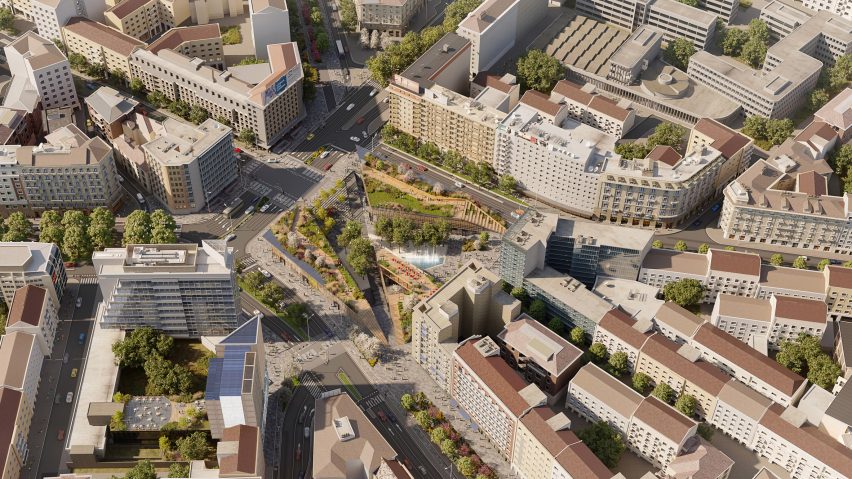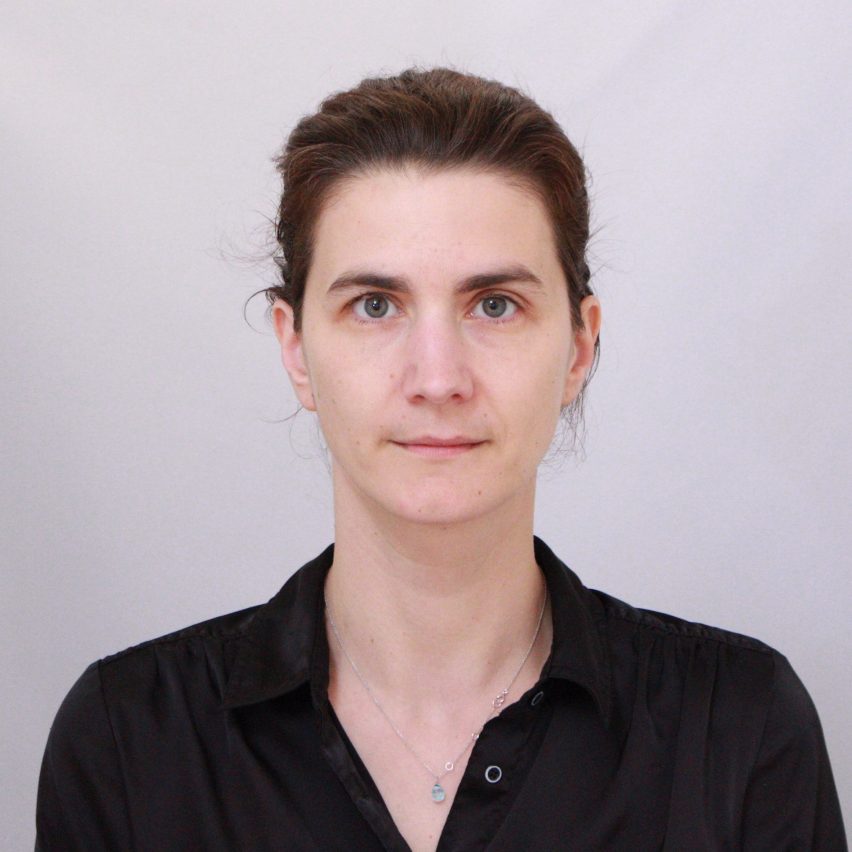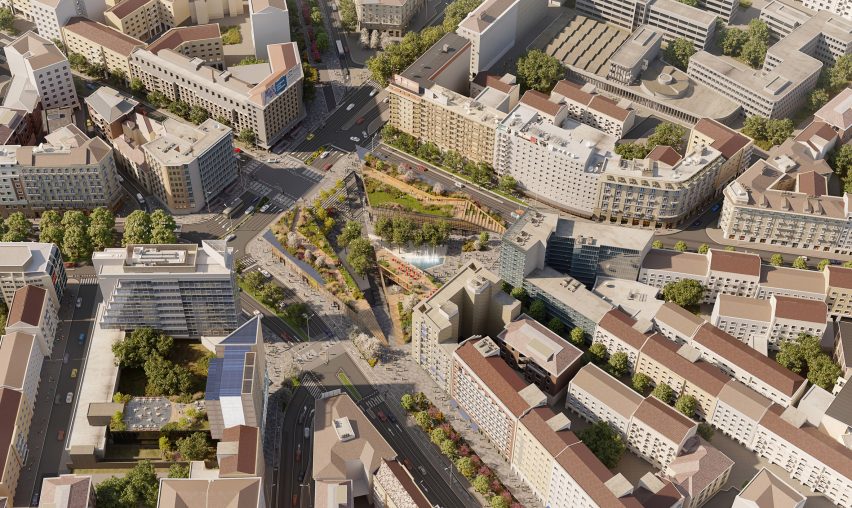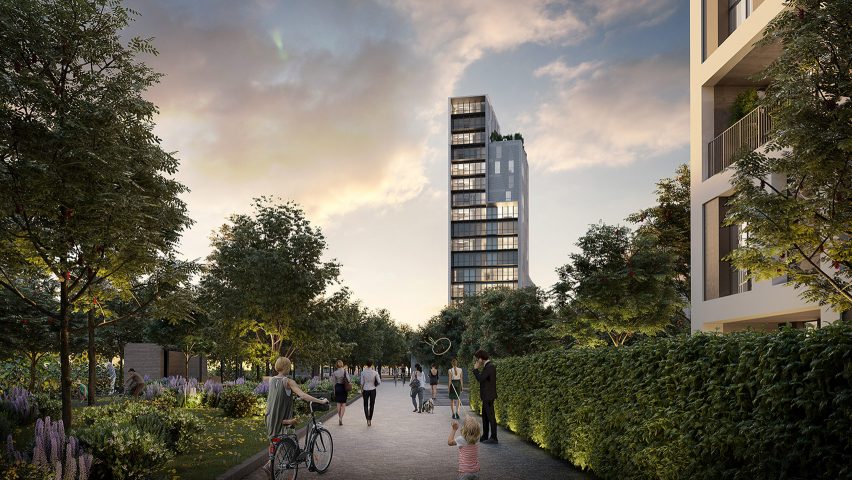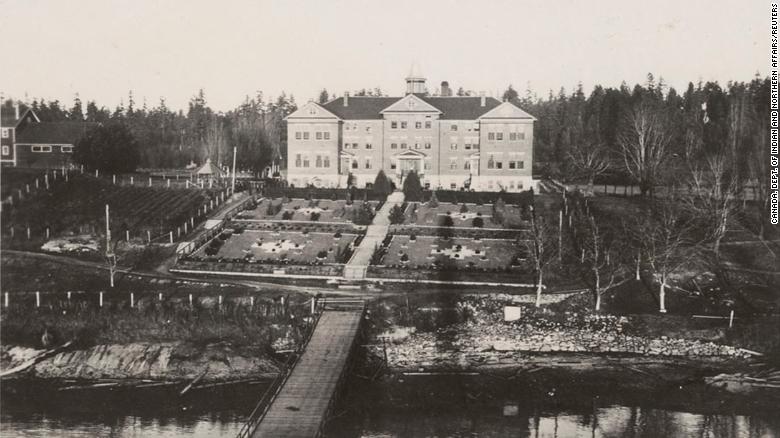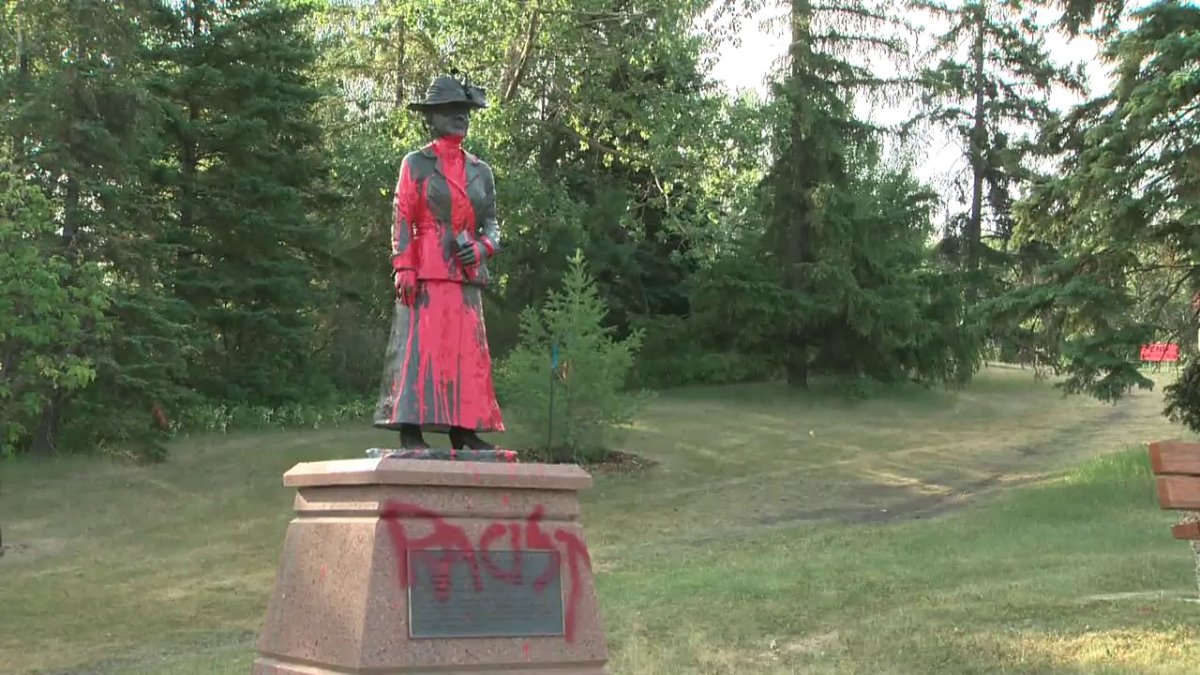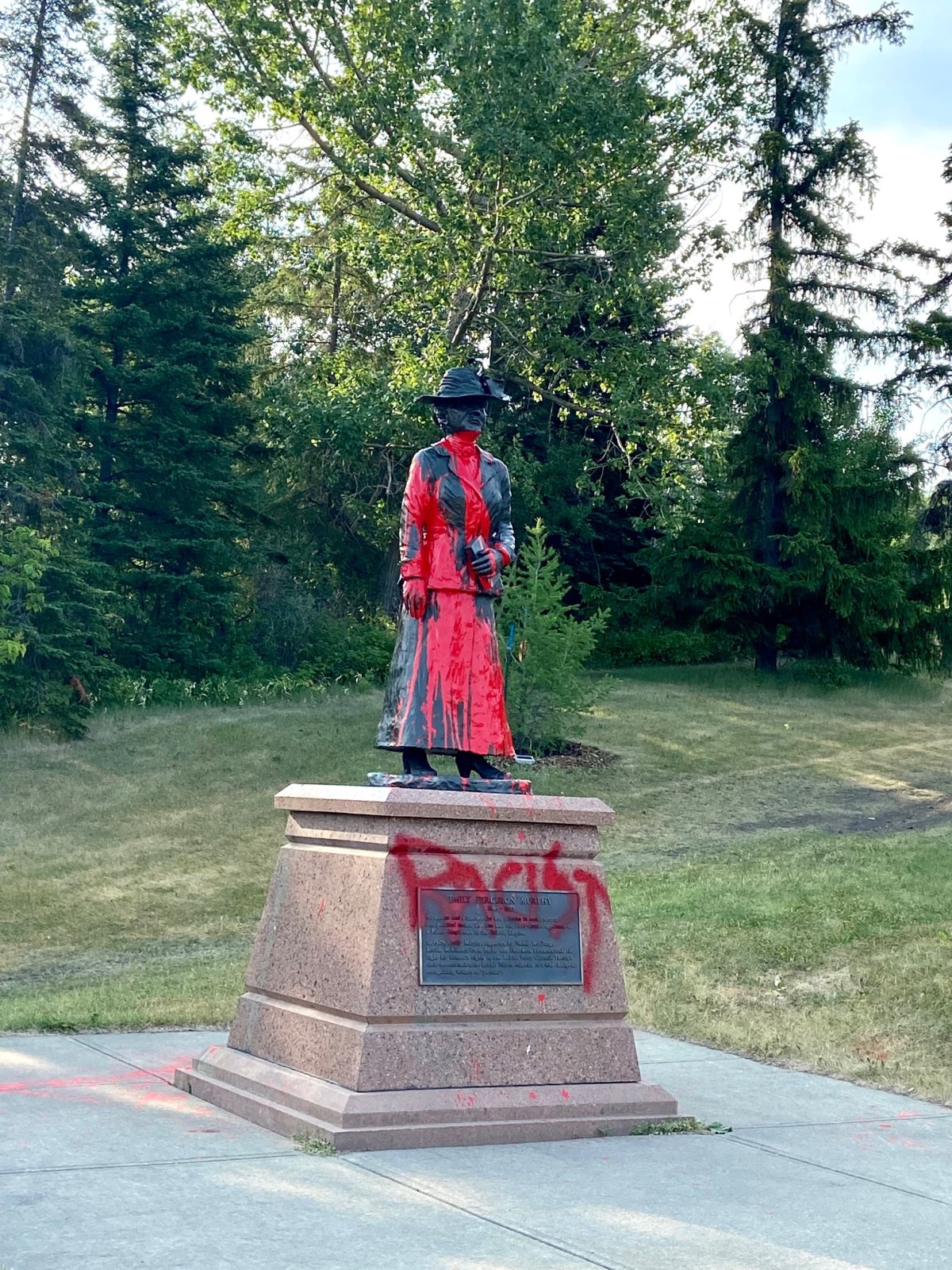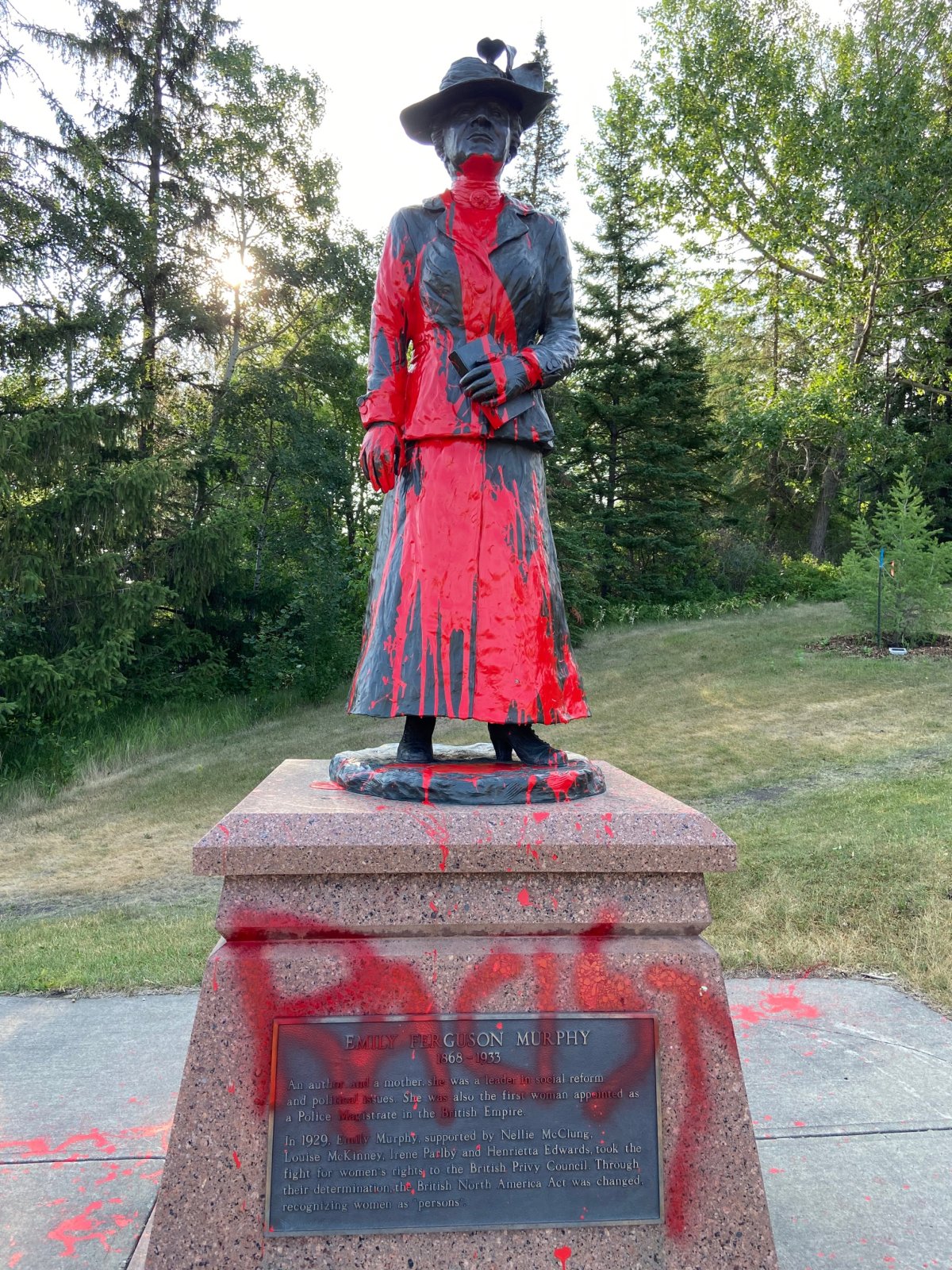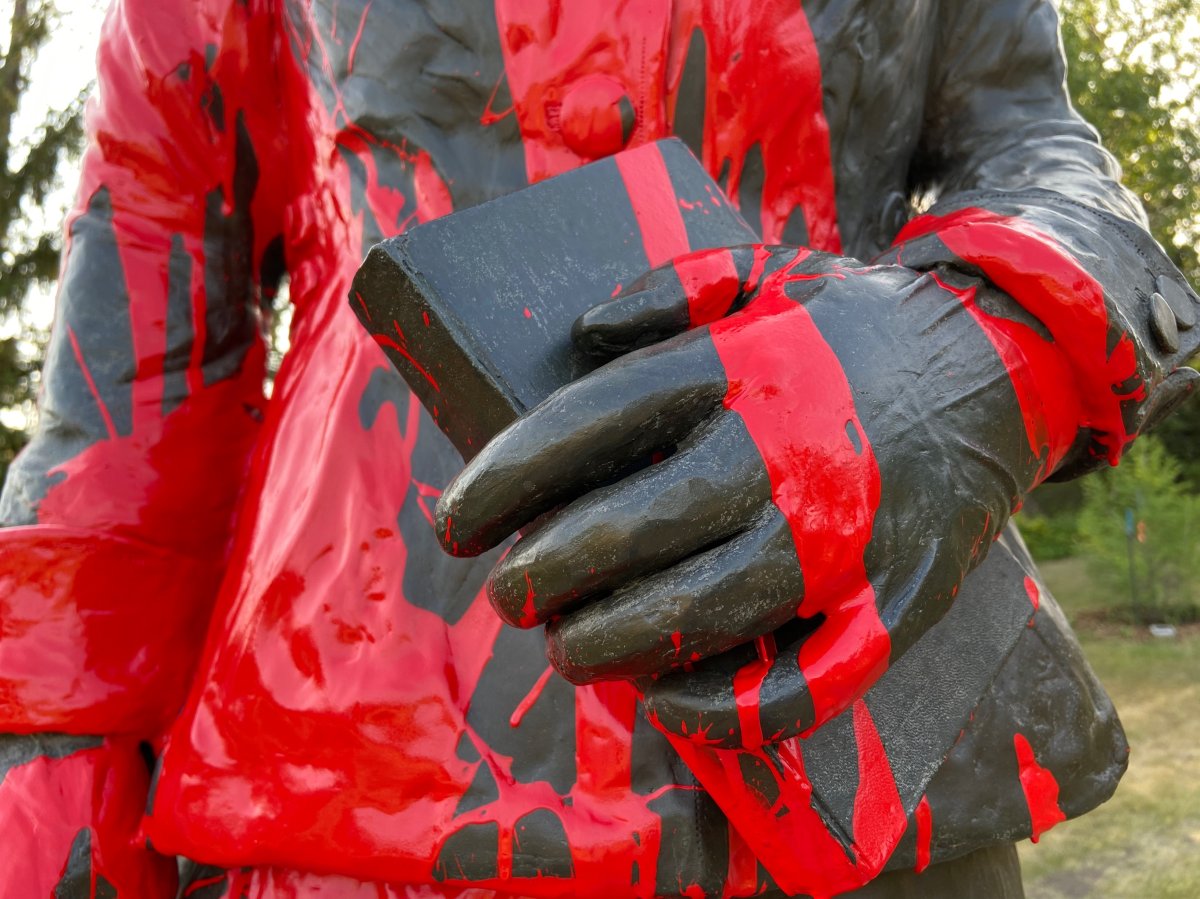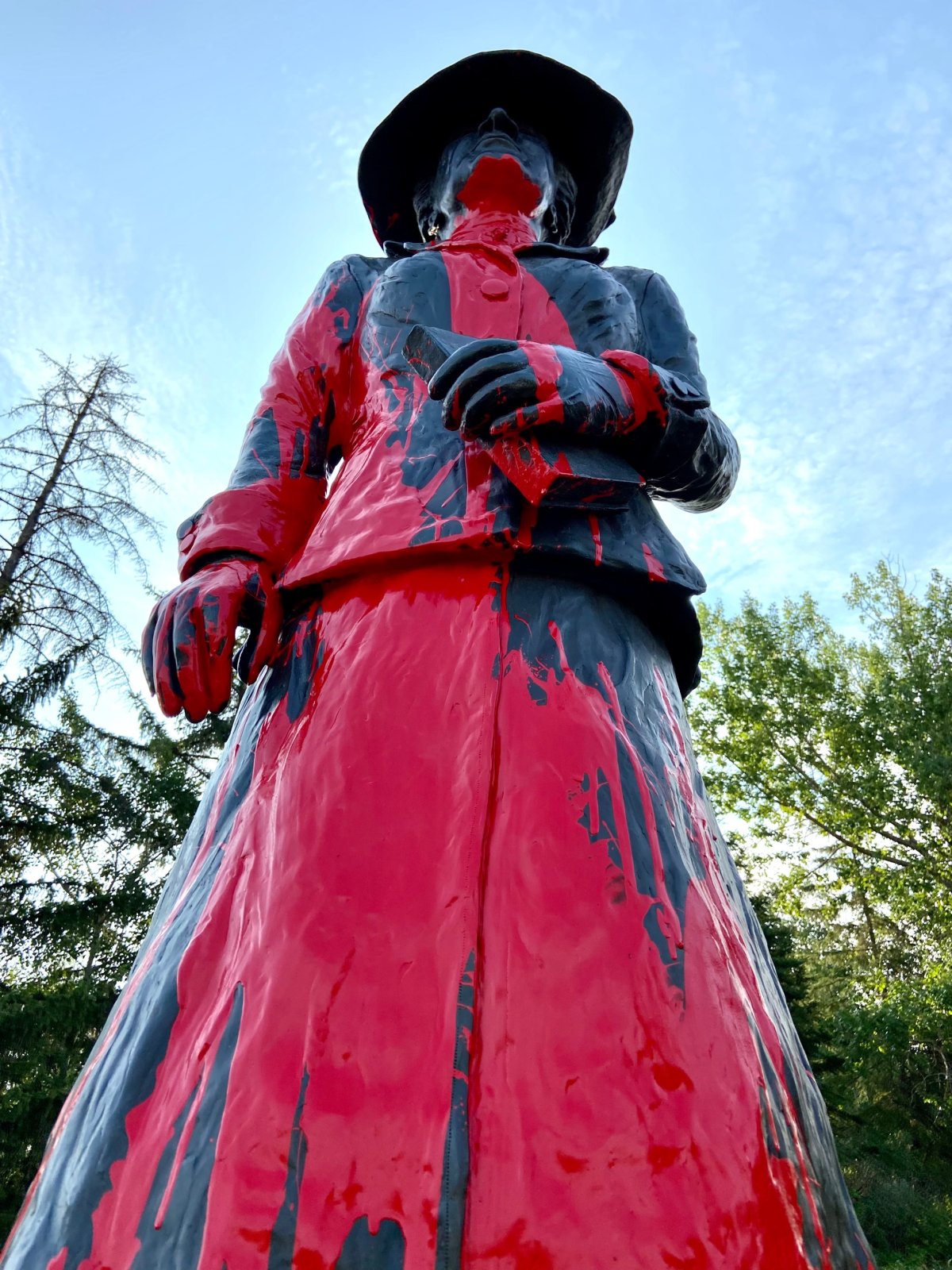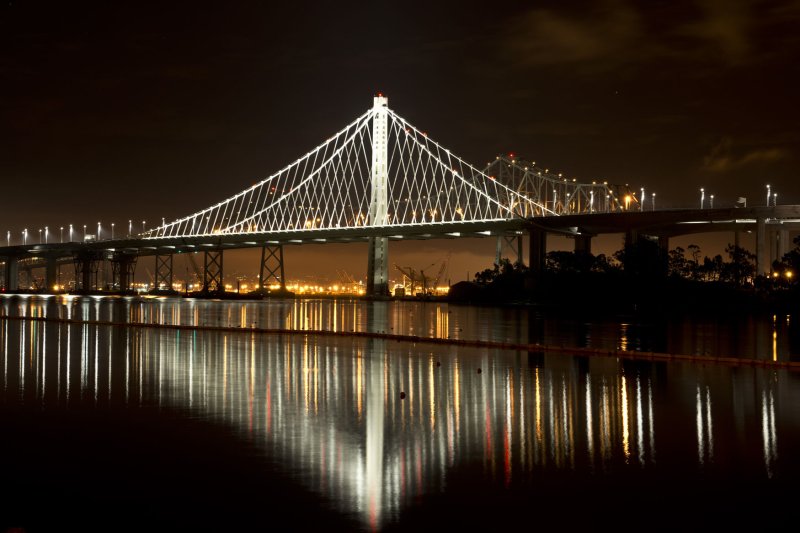'Time is of the essence': Canada races to save Afghan allies as Taliban regains control
Without U.S. forces gone the Taliban could soon control the entire country. That puts people who worked with NATO forces, including Canada, at extreme risk
Author of the article: Ryan Tumilty
Publishing date :Jul 13, 2021 •

OTTAWA – The Canadian government is racing to get former interpreters and embassy staff out of Afghanistan, as more of the country falls to Taliban forces, putting their lives in danger.
Retired Major-General David Fraser, who led Canadian and American troops as part of the NATO mission in 2006, said the government needed to move quickly to get the former interpreters out of the country.
“Every day, we are witnessing in the media the Taliban taking over districts, the killing of Afghan security forces, summarily executed. So time is of the essence,” he said.
He said if the Taliban overran the country, as they seem poised to do, the interpreters who worked with Canada would be on borrowed time.
“I just received a letter from an interpreter — a half hour ago — whose family are receiving death threats and are being intimidated,” he said. “The Taliban history to people of authority, to educated women, to anybody that was not signed up to their cause, has been rather severe.”
After nearly two decades, American forces have largely left Afghanistan, as part of a pull-out ordered by U.S. President Joe Biden, and are expected to have completely left the country by the end of the summer.
The Afghan National Army is fighting against the Taliban forces, but without American backing they have lost vast swaths of territory and the Taliban could soon control the entire country. That puts people who worked with NATO forces, including Canada, at extreme risk of reprisals.

Taliban say they control 85 per cent of Afghanistan as U.S. withdraws troops

Canada looking to resettle Afghan interpreters and embassy staff amid U.S. withdrawal
Alexander Cohen, a spokesperson for Immigration Minister Marco Mendicino, said they were working to aid people who helped Canada during the conflict.
“The Government of Canada recognizes the significant contributions of the brave Afghans who worked for us during Canada’s combat mission in Afghanistan,” he said in an email.
The previous Conservative government had two special programs for Afghan interpreters who worked with Canadian forces as well as their families and about 800 people have previously come to Canada under those programs.
Cohen said they were reaching out to people who didn’t come during any of the previous programs to help them come to Canada now.
“We are currently working to assist individuals previously or currently employed by the Government of Canada, who wish to come here and did not avail themselves of either of the previous temporary policies.”
An immigration official, speaking on background, said they were fully aware of the ticking clock as the Taliban advanced throughout the country.
“We know the time is limited here,” they said.
The government is focusing both on local embassy staff and former interpreters. In some cases, the interpreters pose larger challenges because they last worked for Canadian forces more than a decade ago

Fraser said the Liberals should reinstate the special programs set up by the Conservatives for previous groups of interpreters. He said the interpreters put their lives on the line to work with Canada and the country had a responsibility to protect them.
“We could not have done anything over there had it not been for them, interpreting and explaining the culture to us.”
More than 40,000 Canadian soldiers fought in Afghanistan before the end of combat operations in 2011 and 158 died. After a brief training mission, Canada pulled out completely in 2014, but the Americans and other NATO countries have remained in the country until now.
The U.S. is keeping a small force behind to defend its embassy, but last week completed a major withdrawal of Bagram Air Force Base, a major part of the U.S. war. The American officials left in the dead of night due to security concerns and the base was looted before Afghan army officials could retake control.
Conservative MP Jasraj Singh Hallan said the Liberals needed to make a clear commitment to get staff and interpreters to Canada.
“This government is so wishy washy. There’s nothing that’s concrete about any of their plans,” he said.
He said there were already indications that Afghans who worked with coalition forces would face torture and death. He said if Canada wanted locals to trust us in Afghanistan or any future conflict it had to help them now.
“We should be setting that standard and showing the world that Canada’s takes these things very seriously.”
• Email: rtumilty@postmedia.com | Twitter: ryantumilty
